Did you know that one of the pioneers of Renaissance architecture is forever staring at his most famous accomplishment in Florence?
In this post, you’ll discover the ultimate list of Filippo Brunelleschi facts, one of the most famous artists from the Renaissance.
1. Filippo Brunelleschi was born and raised in Florence
Filippo Brunelleschi was born in what is considered to be the birthplace of the Renaissance, Florence, the capital city of the Tuscany region in Italy.
He was born in the year 1377 and is most famously known for his architectural contributions to the city he was born in, and is often called the “founding father of Renaissance architecture” and the first modern engineer and construction supervisor.
He can easily be called one of the most influential figures of the Renaissance as most of the more famous artists drew inspiration from his inventions and accomplishments.
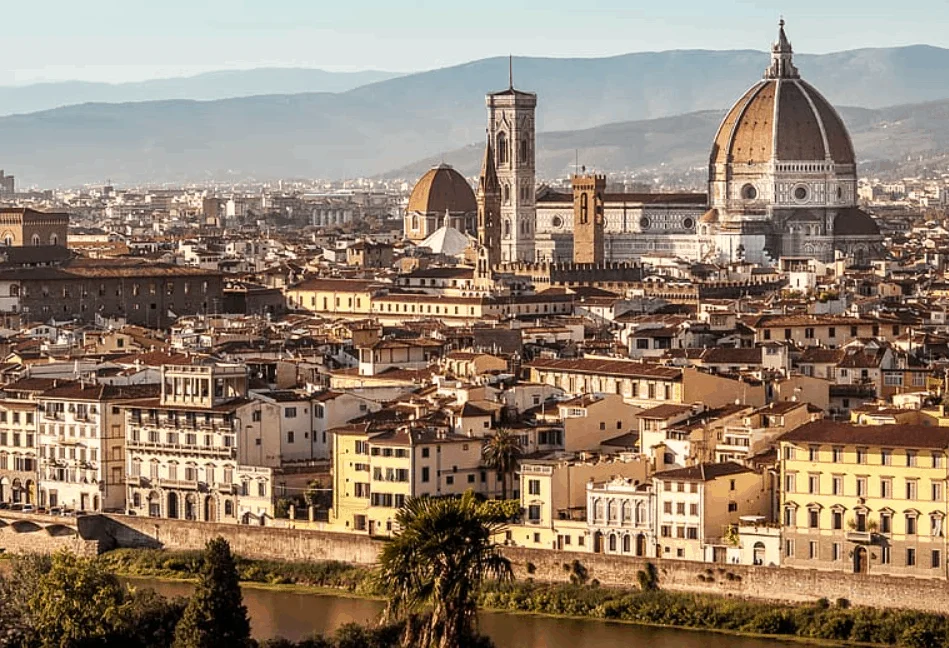
2. He came from a rich family who owned a palace in the city
Brunelleschi wasn’t unlucky by any means when it comes to the family he was born into. His father, named Brunellesco di Lippo, was a respected notary in Florence and a member of the city’s management.
His mother was Giuliana Spini, a member of the affluent Spini family who owned a palace in the city. This palace referred to as the “Palazzo Spini Feroni,” still exists in Florence and was only surpassed in size at the time by Palazzo Vecchio.
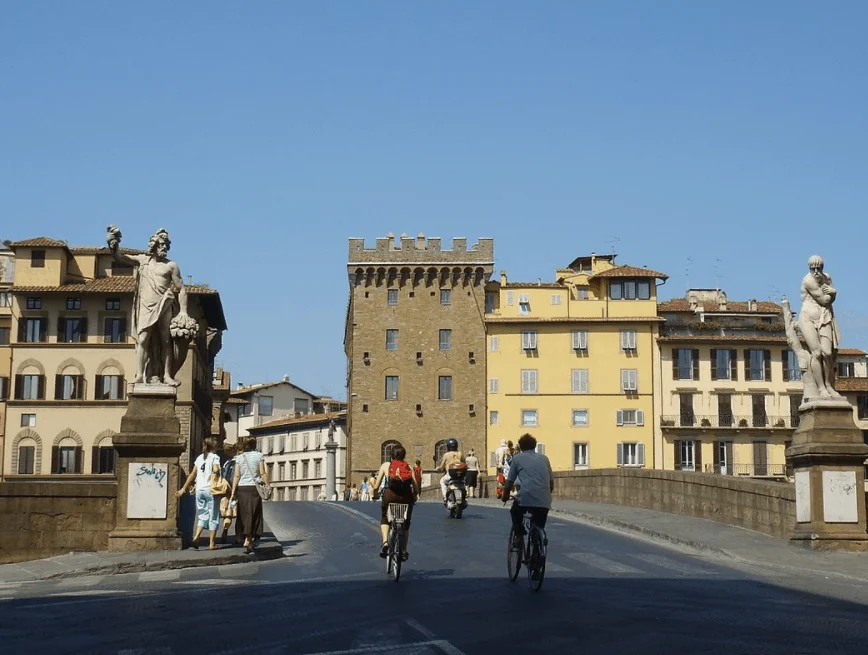
3. He joined the most prestigious guild in Florence
The goal for the young Filippo was to follow in his father’s footsteps, so he was given formal education in Literature and Mathematics.
He was way too artistic though to pursue a bureaucratic career and was enrolled at the “Arte della Seta,” the silk merchants’ guild in Florence. This was by far the wealthiest and most influential guild in the city which also had a lot of artists and craftsmen on board.
4. His earliest works include bronze sculptures of saints

He was originally trained as a master goldsmith and started working as a sculptor with bronze casts. This resulted in some early commissions around the turn of the century in the years 1399 and 1400.
His first extant works from this early period in his career are some bronze statues of saints and evangelists which he created for the Crucifix Chapel of the Cathedral in Pistoia.
These include statues of Saint John the Evangelist, the Prophet Jeremiah, and the Prophet Isaiah.
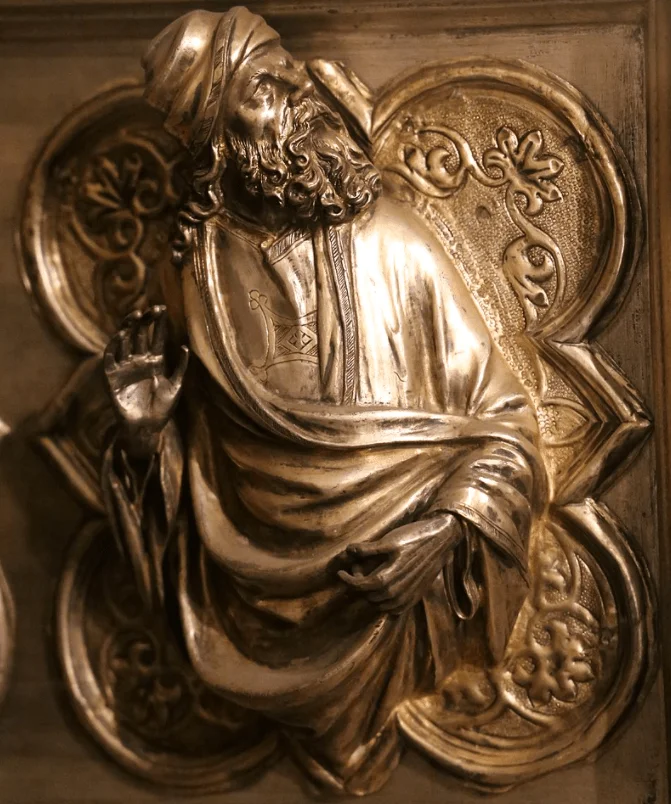
5. He abandoned sculpture after losing a competition
While he was clearly talented, Brunelleschi was known to be a sore loser as he wanted to be the best at everything. He thought he could achieve eternal fame by earning a commission for two bronze doors of the Florence Baptistery, commissioned by the city of Florence to commemorate the end of the Black Death.
The city organized a competition that attracted 7 sculptors who each created a bronze panel depicting the Sacrifice of Isaac.
While Brunelleschi’s submission received a lot of praise, he didn’t win and it was another young sculptor named Lorenzo Ghiberti who managed to earn the commission.
It was a turning point in Filippo’s life, as from then on, he decided to completely devote his time to optics and architecture, two areas he would eventually excel in.

6. He possibly studied Ancient Monuments in Rome with a famous friend
Brunelleschi’s career started at a major turning point in art. There was a resurgence of interest in classical antiquity and this resulted in art moving away from unrealistic medieval depictions to a more realistic style.
It’s assumed that Brunelleschi traveled to Rome with his friend, sculptor Donatello, to study ancient Roman monuments.
One of the most interesting Filippo Brunelleschi facts is that this journey would define his ideas about architecture as he was deeply influenced by his findings while studying the ancient ruins.
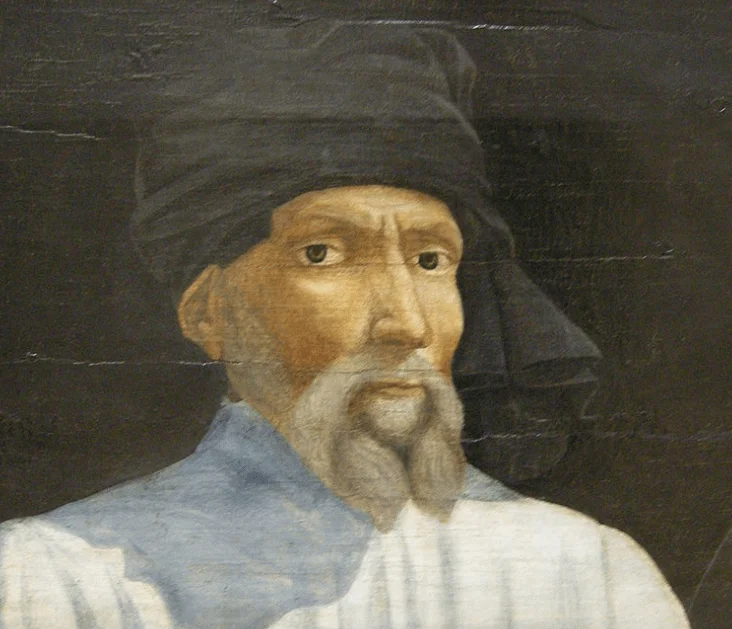
7. His first architectural commission clearly referenced classical antiquity
It took a long time before he actually earned his first commission as an architect, and it was through the Silk Merchant’s guild that he acquired it. he was to design a home for orphans referred to as the “Ospedale degli Innocenti,” a massive building that was constructed between 1419 and 1445.
He was only the lead architect of this project until 1427 but designed one of the most prominent features, an arcade with 9 arches that are supported by pilasters on each side.
This was a revolutionary design in this period and wasn’t just a clear reference to Ancient Roman architecture but would also become the model for countless similar structures all across Europe.
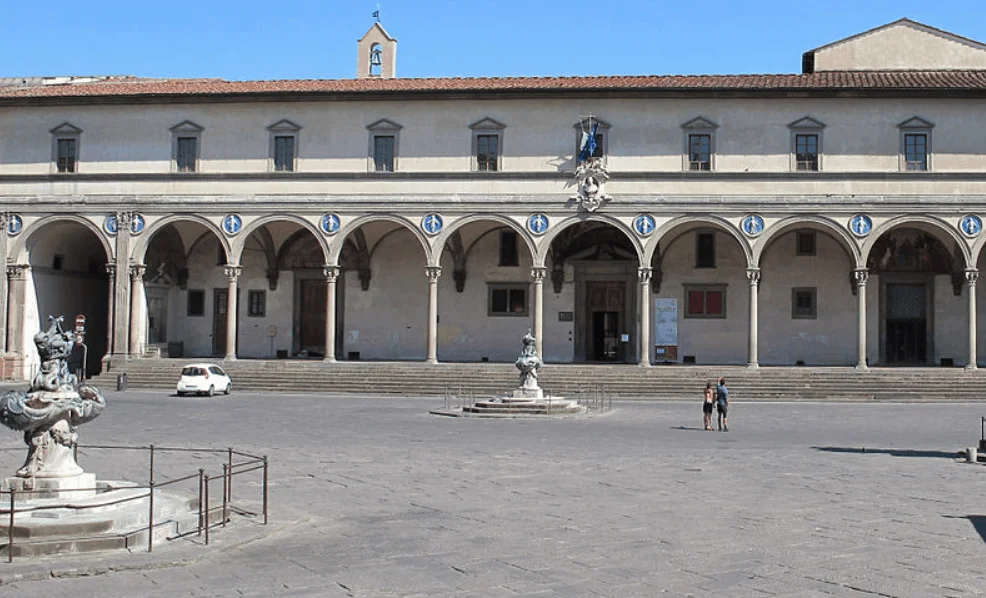
8. Brunelleschi designed the final resting place of the Medici family
A few years after his first project, he hit the jackpot and got a commission for the Basilica of San Lorenzo that was sponsored by the Medici family, the most powerful family in the city at the time.
His main contributions to this huge Basilica, which was the largest in the city at the time, were the central nave and the Old Sacristy, which would become the final resting place for the members of the Medici family.
The Sagrestia Vecchia di San Lorenzo is considered to be one of the most important monuments of early Italian Renaissance architecture!

9. He created a revolutionary concept in Renaissance architecture
One of the most fascinating Filippo Brunelleschi facts is that he created a revolutionary concept when it comes to the layout of a church in Renaissance architecture.
All Romanesque and Gothic churches were constructed in the shape of a cross. Brunelleschi designed the “Santa Maria degli Angeli” church in such a way that it had an octagon shape and basically took the form of a rotunda.
This way, it looked pretty similar to the shape of the Pantheon in Rome, an Ancient Roman temple that was transformed into a catholic church and which he had closely studied with Donatello decades earlier.
The construction of this church was started in 1434 but was halted in 1437 as its funds were used to support a war. Only the lower section of Brunelleschi’s design remains.
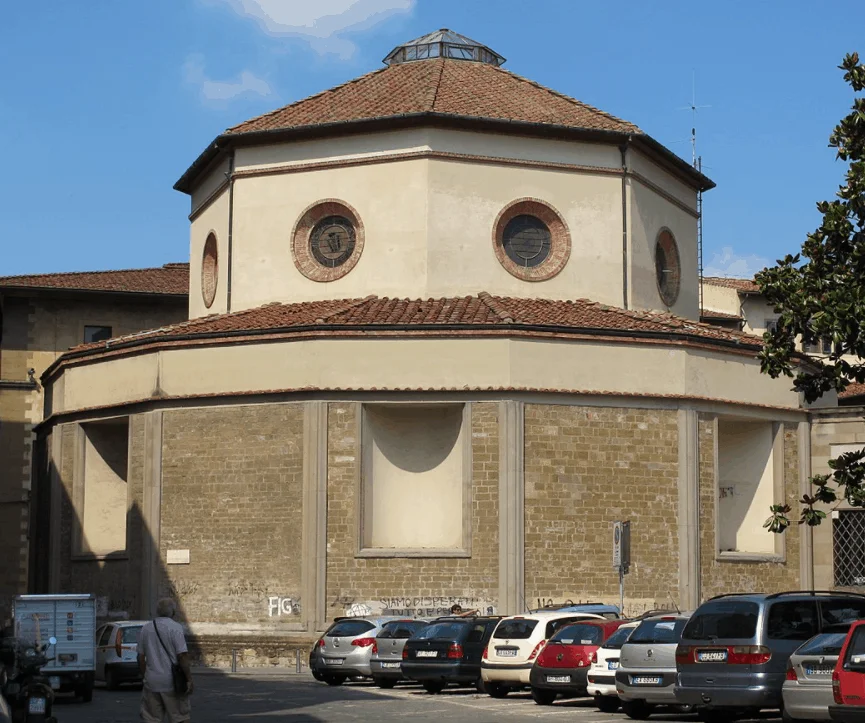
10. Multiple famous artists drew inspiration from Brunelleschi’s design
When other artists saw the plans of the Santa Maria degli Angeli church, they got a lot of inspiration and worked out the concept even further. Leonardo da Vinci scribbled a plan in one of his notebooks with a similar design in the late 15th century.
Donato Bramante created one of the most “harmonious buildings in Renaissance architecture” with his Tempietto in the early 16th century which was also inspired by Brunelleschi’s design.
It all culminated with Bramante’s original plan for the Saint Peter’s Basilica in Rome which was eventually completed by Michelangelo halfway through the 16th century.

11. Brunelleschi finally got his revenge over his old rival Ghiberti in 1418
Florence Cathedral was missing its final element in 1418, the grandiose dome that would make it one of the most phenomenal cathedrals in the world.
The design for the dome had been made in the late 13th-century by Arnolfo di Cambio, but his original plan was expanded tremendously halfway through the 14th century by various architects.
Another architectural competition was organized in 1418 and the two old rivals Brunelleschi and Ghiberti both enrolled once again. It was the moment de Gloire for Filippo because he was finally able to beat his rival this time!
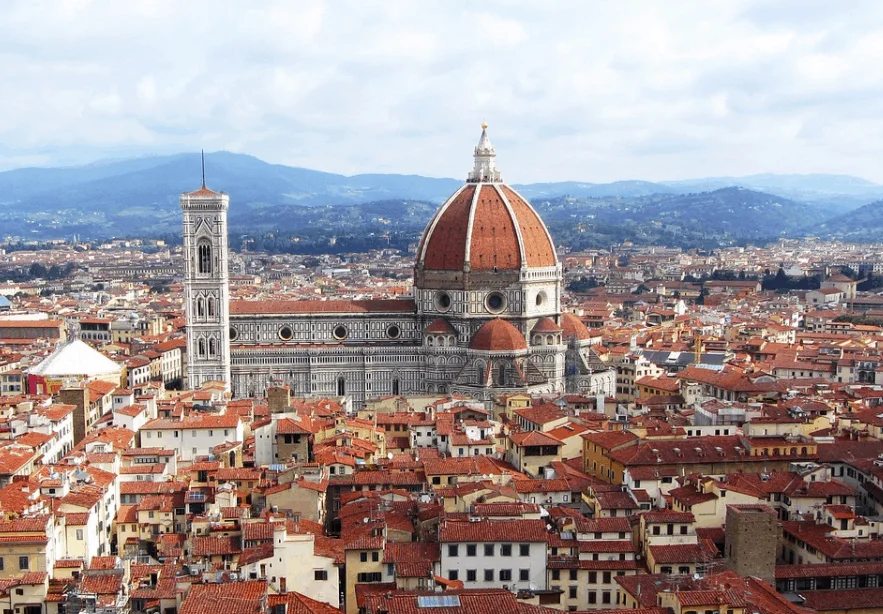
12. He created a dome that was deemed impossible to construct
The dome of the cathedral was to become larger than the dome of the Pantheon, and couldn’t have buttresses in support as this wasn’t allowed by the city council based on a rivalry with cities up north.
His revolutionary design involved a lot of mathematical calculations and a double dome, with the inner dome being built in support of the structure and the outer dome protecting the inner dome from the rain. Further support is given by 28 horizontal and vertical ribs.
Apart from the structural challenges, there were also the logistics of the project. To emphasize his versatility, Brunelleschi designed hoisting machines to raise the materials to the top of the cathedral, an amazing feature that was inspired by writings in Vitruvius’ De Architectura, which describes how Ancient Romans achieved this.
Up until today, the dome of the Florence Cathedral is the largest brick dome in the world!

13. His unique design was the model for multiple other famous domes
His unique design for the cathedral’s dome, which actually contains an inner and outer dome, formed the inspiration for several other similar structures.
Some of the most notable are the domes of Les Invalides, the highest dome in Paris, and the dome of the Capitol Building, one of the most important buildings in Washington D.C.

14. He created a system that revolutionized realism in paintings
Apart from being one of the most influential architects of the Renaissance, Brunelleschi has another, perhaps even more important contribution to the world of art in general.
He has been credited as the first person to create a system that accurately describes a linear perspective. This allowed artists to accurately paint landscapes and other elements in a perfectly accurate three-dimensional perspective.
One of the most astounding Filippo Brunelleschi facts is that most of the artists up until the 19th century used Brunelleschi’s system as the standard method of painting.
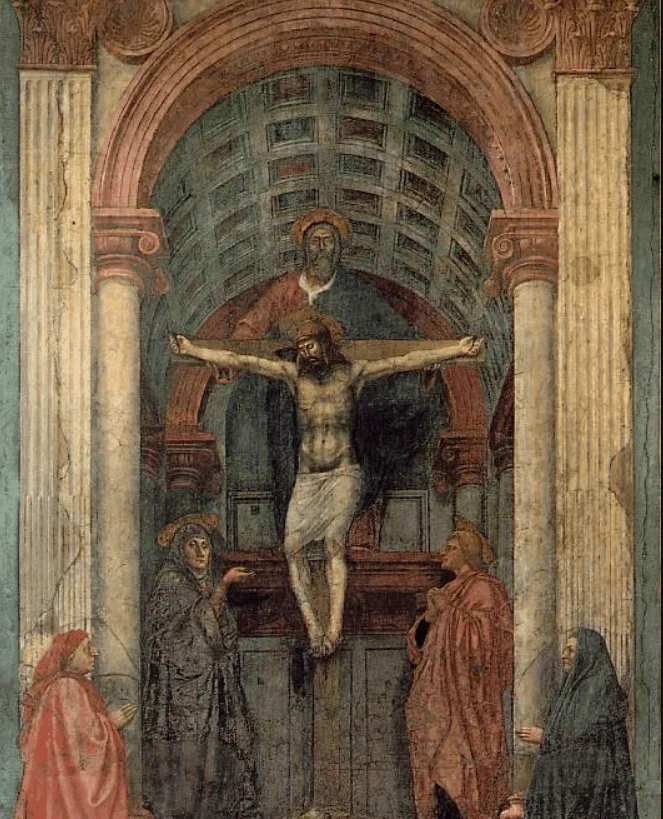
15. His career in shipbuilding wasn’t such a big success
At one point, Filippo had ambitious plans of becoming the greatest shipbuilder in the world. He invented a boat that would be able to “transport marble on the River Arno for less money than usual, and with several other benefits.”
He even patented his invention, just so he would be able to gain all profits for himself instead of having to share it with the guild.
It didn’t work out so well, because even though his large boat named “Il Badalona” was considered to be a revolutionary invention at the time, it sank on its first voyage, burying a large amount of Filippo’s personal fortune in the River Arno as well.
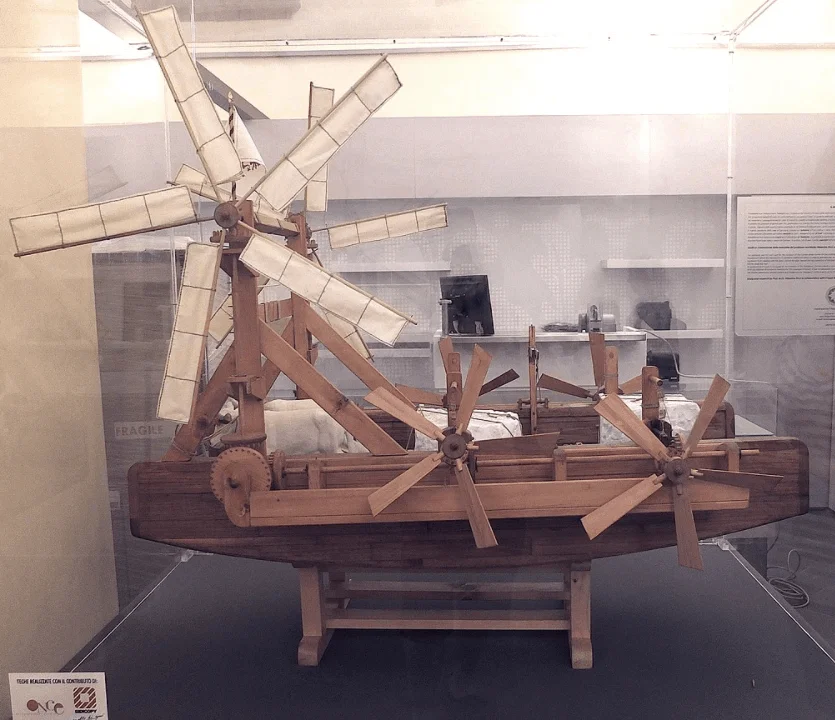
16. Brunelleschi was buried in the most famous building that he worked
Filippo Brunelleschi was given the great honor to be buried in the cathedral that he helped to design, the crypt of Florence Cathedral. His friend Antonio Manetti later wrote in a statement:
“He was granted such honors as to be buried in the Basilica di Santa Maria del Fiore, and with a marble bust, which was said to be carved from life, and placed there in perpetual memory with such a splendid epitaph.”
Friend about Brunelleschi’s final resting place.

17. He is forever gazing in awe at his most amazing accomplishment
One of the most fascinating Filippo Brunelleschi facts is that a statue of him was placed in the piazza just outside the cathedral, looking upwards towards its dome.
This way, Filippo Brunelleschi will be forever looking at his most famous accomplishment, the magnificent dome of the Florence Cathedral, a structure that nobody thought could be successfully constructed!

